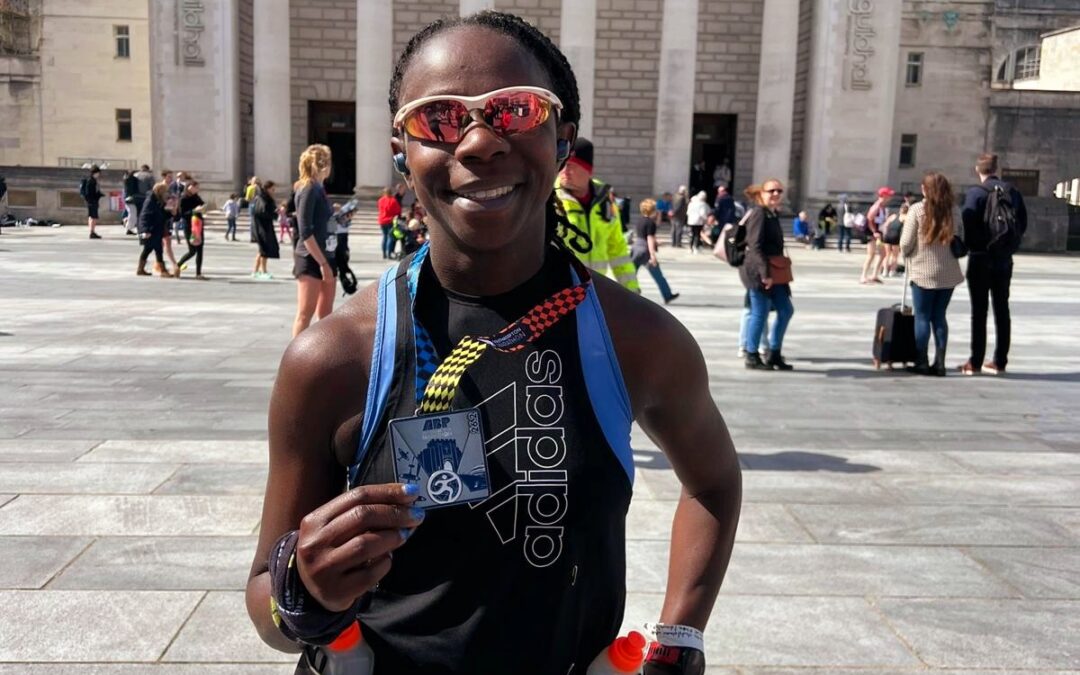The 9th ABP Southampton Marathon was held on Sunday, the 7th of April. It would be my 15th marathon and I approached it as a ‘low stakes’ race with goals no loftier than finishing injury free and having fun.
Weather forecast, which had been changeable in the lead up, finally settled on dry and windy. It proved to be too right as ‘Storm Kathleen’ unleashed the windy forces of nature on a hilly course! The winds were so strong, they blew runners from side to side and at one point my left foot was blown into my right leg, causing me to stumble. Headwinds and hills are definitely not good marathon bedfellows!
This was meant to be a practice race for the Berlin marathon in September, therefore, I agreed with my coach to review certain elements, including fuelling. Each marathon is a learning opportunity and as the popular marathon quotes go, ‘Everything you ever wanted to know about yourself you can learn in 26.2 miles’ and ‘Grit is living life like it’s a marathon, not a sprint. If you want to run, run a mile. If you want to experience a different life, run a marathon.’
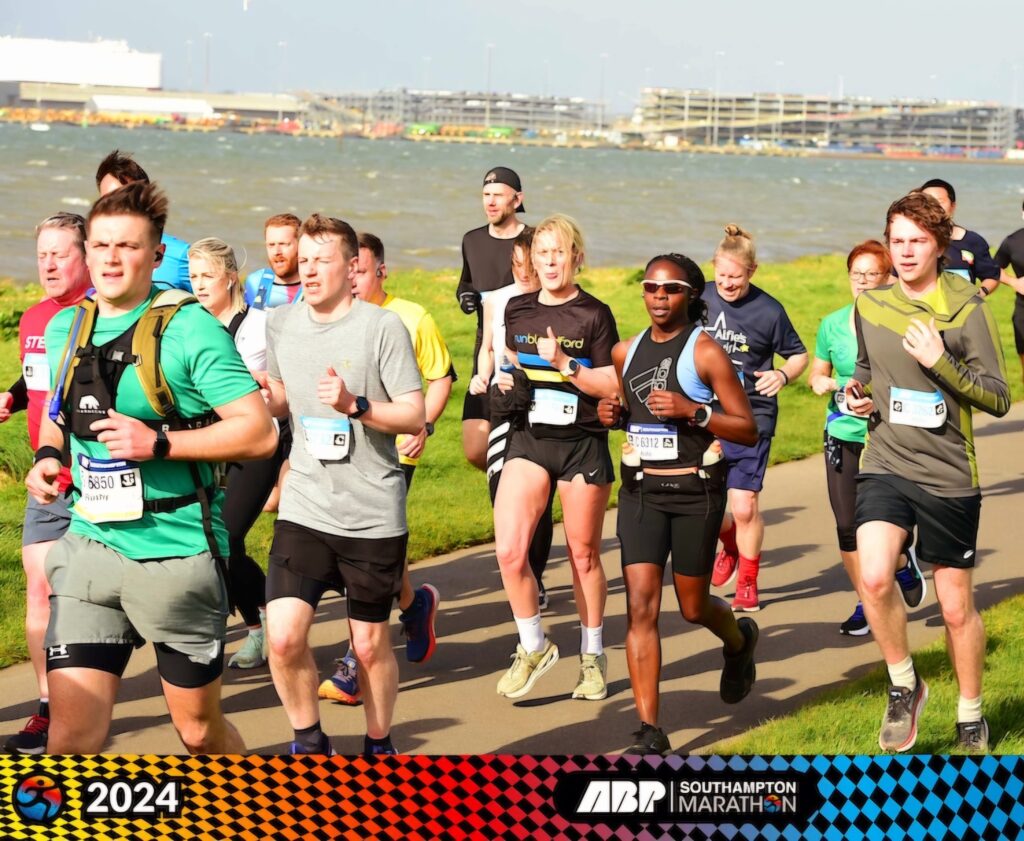
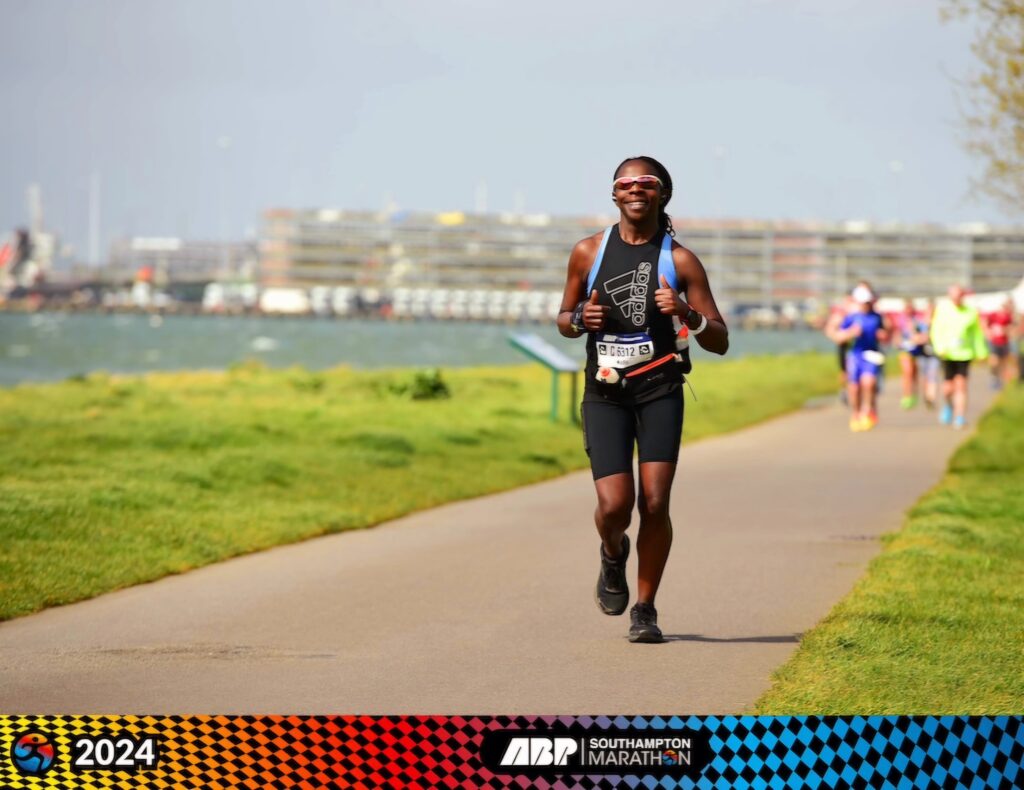
So, what did I learn from this race?
- To tackle a big goal, one bigger than you may have faced before, you need to reappraise your previous or current ways of doing things. For me that meant reassessing my fuelling, which to date has been homemade flapjacks because I prefer knowing the composition of what I’m consuming. But as I prepare for the big Berlin goal, it was imperative that I re-evaluated my fuelling. Turns out that gels provide better levels of carbs; I felt strong for longer, not even envying the half marathoners who finished after the first lap. And looked forward to the second lap!
- You may need to alter your plan (tactic or strategy) in the moment, depending on circumstances which emerge. I had trained for hills, but nothing could prepare anyone for the headwinds that arose on the day. I therefore ran the hills steadily as I’d trained for during the first lap, then switched to power walking them in the second lap. The faster downhills evened out the splits. I figured that battling hills and headwinds was tackling nature on too many fronts. Flexibility is important; adaptability is your friend and fosters resilience.
- Change can be perplexing and error prone; be prepared to manage and mitigate risks. Not being used to gels, I lost track and ended up over consuming them. Thankfully, I’d taken an extra one, which came in handy.
- Training and changes to fuelling enabled a strong finish despite my legs screaming at me to stop.
This was my first time running the Southampton marathon and I must say it was a brilliant experience overall.
- Spectacular spectator support! As I came downhill at around mile 21, the crowd gave such a loud spirit-lifting cheer. It felt fantastic!!
- Marvellous marshals; helpful, well-positioned, providing encouragement and support all along the course.
- Multiple water stations. Can’t say enough about the necessity of and appreciation for knowing you didn’t have to run too far before you were handed water (even though I carried my own).
- Free race photos. Not many races offer these.
Only thing I felt could be improved were the mile markers (or kilometres even), which were pretty non-existent: at least I didn’t see them.
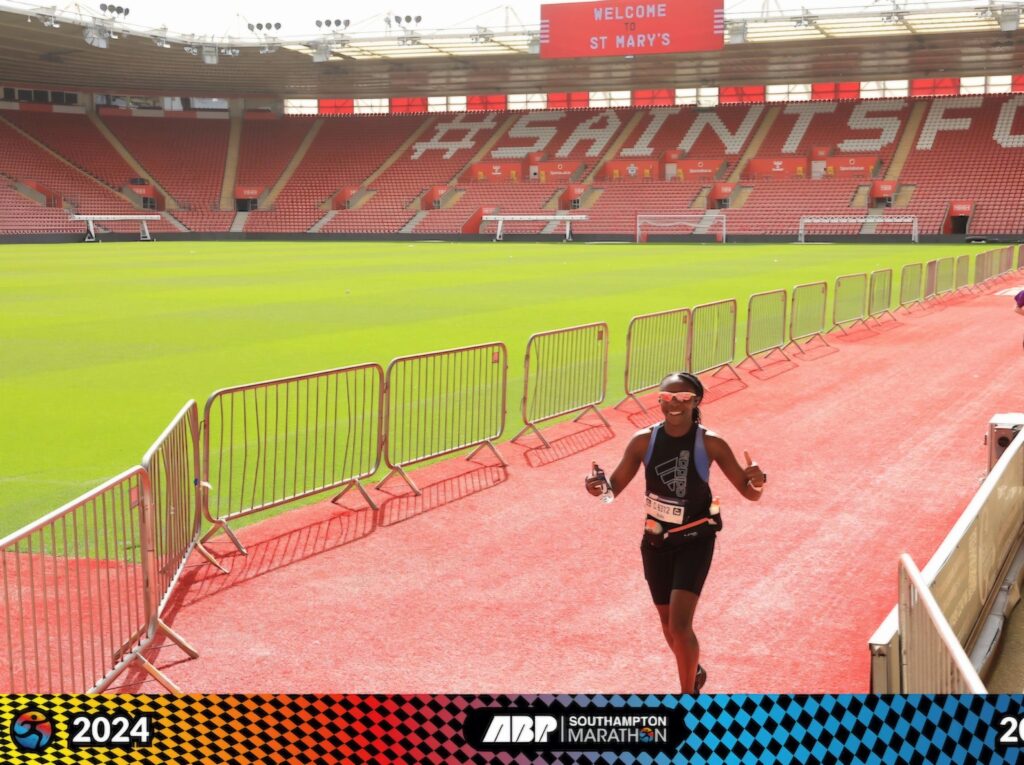
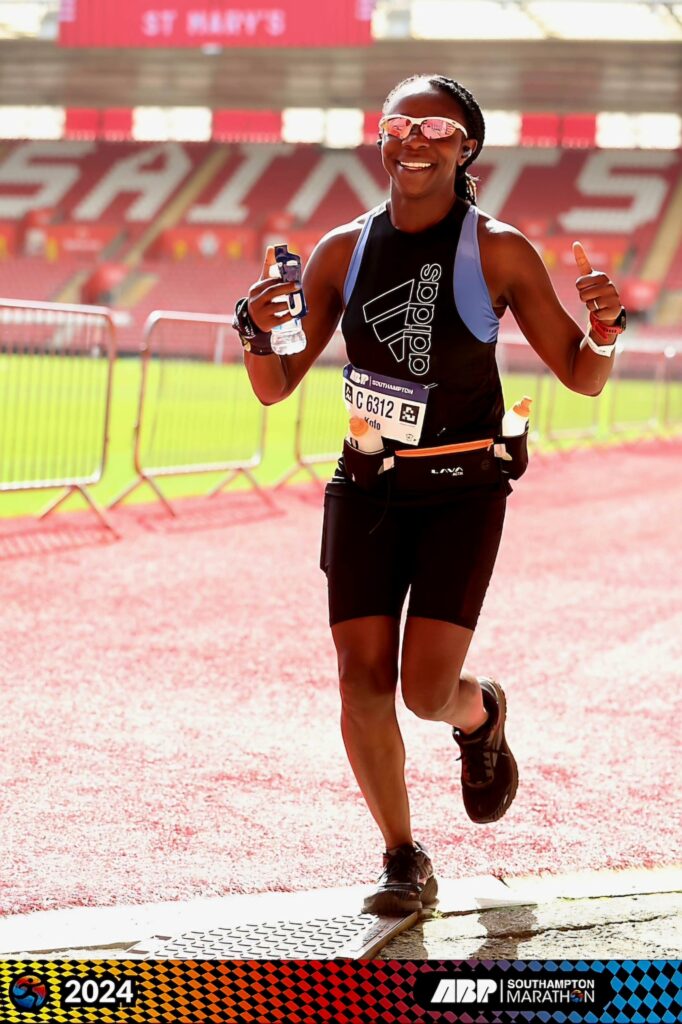
As someone who absolutely loves running, I savour the training because I get to do as much of what I love as possible. The marathon is a culmination and celebration of all the miles, hours, early rises, sacrifice and effort. It is an unbeatable feeling until around mile 23 or 24 when it starts to feel like the marathon is 2 to 3 miles too long! I guess that’s what makes it a marathon.
All roads now lead to Berlin, with the hope of achieving bigger goals and putting what I’ve learnt into that race.

